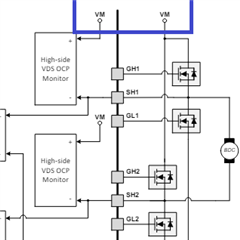Other Parts Discussed in Thread: DRV8701
Tool/software:
Hi team,
I have a customer that is asking for the Spice model of the DRV8706, since on the 8706 webpage it's only showing the 8701. Curious to know what's going on there, thanks in advance for the help!
Marco


